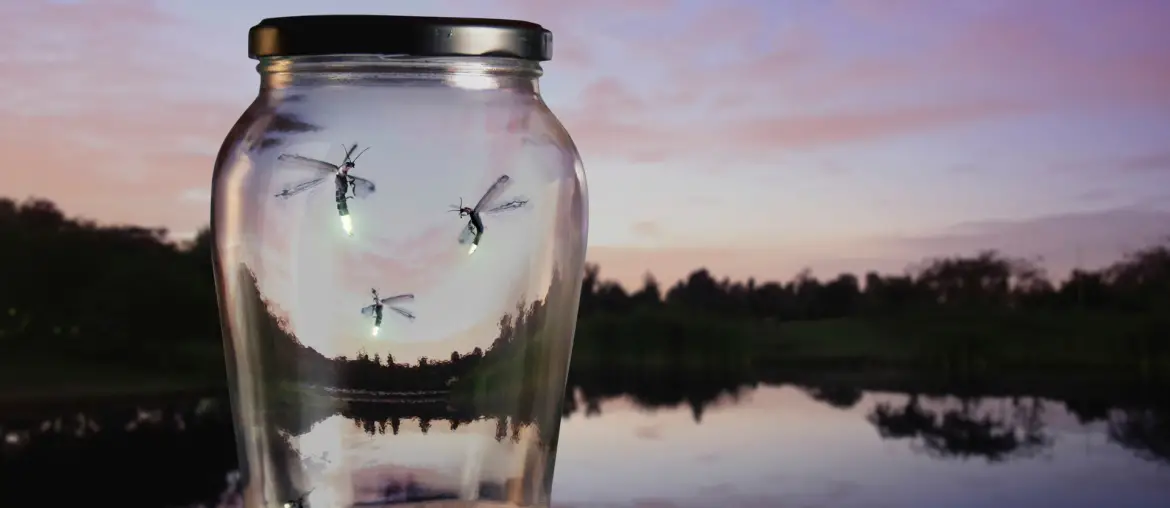DIY Fly Trap: Get Rid of Pesky Flies the Natural Way
Flies, the tiny winged nuisances, seem to find their way into our homes at the most inconvenient times. Whether you’re enjoying a summer picnic, trying to relax on your porch, or simply going about your daily chores, the presence of flies can be irritating, not to mention the potential health hazards they pose. Instead of resorting to chemical-laden sprays and expensive commercial fly traps, why not consider a more natural and cost-effective solution? In this article, we’ll guide you through the process of creating your very own DIY fly trap, and we’ll explore different types of traps and techniques to help you keep your space fly-free.
Materials and Tools You’ll Need
Before we dive into the details of creating your DIY fly trap, let’s start with the basics. You’ll need a few simple materials and tools, most of which you probably already have around the house:
Materials:
A plastic soda bottle (2-liter works well)
A pair of scissors or any utility knife
A piece of string or twine
Some bait (more on this later)
Tape
A small dish or container
Tools:
A drill (optional)
A funnel (optional)
Step 1: Preparing the Soda Bottle
Start by rinsing out the soda bottle thoroughly and allowing it to dry. Once it’s dry, you can remove the label to make it easier to see what’s going on inside the trap.
Step 2: Cutting the Bottle
Use pair of scissors or a utility knife to carefully cut off the top third of the soda bottle. This will leave you with two pieces: the top, which resembles a funnel, and the bottom, which serves as the collection container.
Step 3: Preparing the Bait
Now, let’s talk about bait.Flies are drawn towards different types of substances, and can be found buzzing around them. you can choose from several options to lure them into your trap. Some effective bait choices include:
Fruit: Overripe fruit like bananas or apples is a favorite of flies.
For best results, you can use either white vinegar or apple cider vinegar. due to its strong odor.
Sugar Water: Create a solution by mixing sugar and water.
Meat: For those persistent, carnivorous flies, a small piece of meat can be used.
Place your chosen bait in the bottom part of the bottle. You don’t need much; a few tablespoons will do.
Step 4: Inverting the Funnel
Here’s where the magic happens. Take the top part of the bottle (the funnel-shaped section) and insert it into the bottom part, but invert it so that the neck of the funnel points downward into the container. This creates a funnel entrance for the flies, but they will struggle to find their way out.
If you have a drill, you can make the process even easier by drilling small holes near the rim of the funnel to allow flies to enter more easily.
Step 5: Secure the Trap
To keep your DIY fly trap intact, use tape or glue to seal the edges where the two parts of the bottle meet. Make sure there are no gaps or openings where flies could escape.
Step 6: Hanging Your Fly Trap
Now that your fly trap is ready, it’s time to find the perfect spot for it. Hang the trap by attaching a piece of string or twine to the neck of the bottle, making a loop to hang it from a hook or a branch. Alternatively, you can place the trap on a stable surface, but hanging it tends to be more effective as it keeps the bait closer to eye level for the flies.
Types of DIY Fly Traps
While the basic soda bottle fly trap is highly effective, there are other DIY options you can explore based on your preferences and available materials. Here are a few alternatives:
Paper Cone Trap:
Create a cone from a sheet of paper with a small hole at the tip.
Place it in a jar or glass with bait at the bottom.
Flies will be drawn in but will have difficulty escaping.
Homemade Fly Paper:
Coat strips of paper or cardboard with a sticky substance like honey or glue.
Hang these strips around your kitchen or outdoor area.
Fruit Fly Trap:
For smaller fruit flies, use a small container with a piece of ripe fruit at the bottom.Cover the top surface with plastic wrap and make small holes in it. small holes for entry.
Benefits of DIY Fly Traps
Now that you have your DIY fly trap in place, let’s discuss why this natural approach is beneficial:
Cost-Effective: DIY fly traps cost virtually nothing to make, using items you likely have at home.
Environmentally Friendly: Unlike chemical sprays, DIY traps are non-toxic and won’t harm the environment.
Effective: These traps can significantly reduce the fly population in your home or outdoor space.
Customizable: You can experiment with different baits to target specific fly species.
Tips for Optimal Results
For the best results with your DIY fly trap:
Choose the Right Location: Hang or place your trap near areas where flies congregate, such as near garbage cans or outdoor dining areas.
Refresh the Bait: Replace the bait regularly, especially if it becomes less effective or starts to rot.
Clean Regularly: Empty and clean the trap when it becomes full to prevent a buildup of flies.
Maintenance and Troubleshooting
Maintaining your DIY fly trap is relatively simple. Just follow these guidelines:
Empty Regularly: Check the trap regularly, and empty it when it’s filled with flies.
Clean Thoroughly: Rinse the trap with water and Use a mild detergent to eliminate any persistent odors.
Replace as Needed: If the trap gets damaged or loses its effectiveness, it’s easy and inexpensive to make a new one.
If you encounter any issues with your fly trap, such as flies not entering the trap or escaping too easily, review the steps above to ensure it’s set up correctly.
Conclusion
With your DIY fly trap in place, you can enjoy a fly-free living space or outdoor area without resorting to chemical solutions. It is an easy, affordable and eco-friendly method.”tackle a common nuisance. Give it a try, and you’ll be amazed at the results.






Comments are closed.